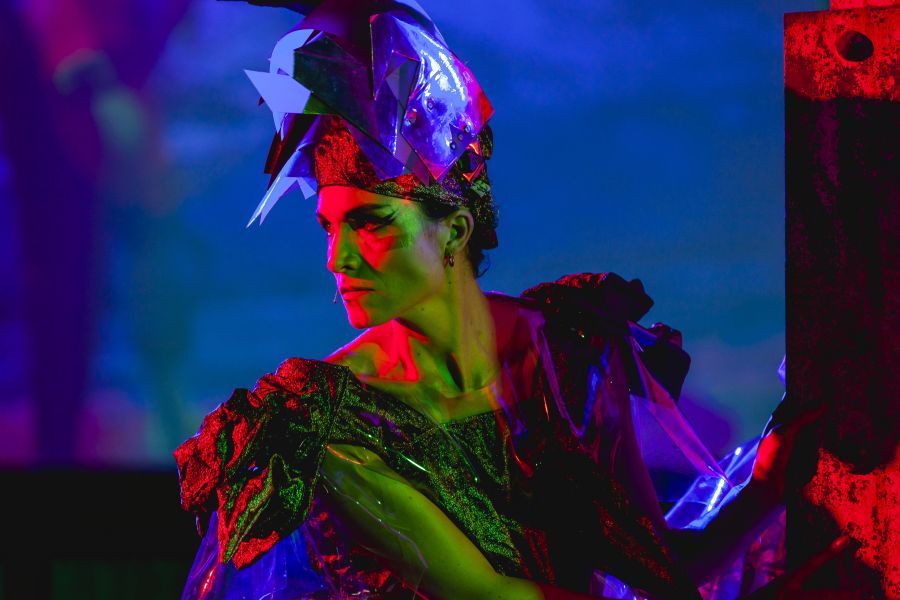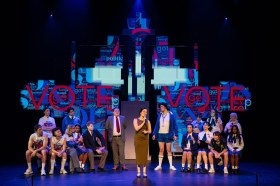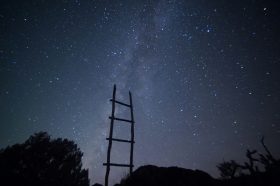As the sector scrutinises the Government’s new National Cultural Policy Revive, the absence of any major announcements on gender equity seems telling.
The Arts Minister’s policy blitz has so far included spruiking a new Centre for Arts and Entertainment Workplaces – an independent body to monitor arts sector working conditions and a place where arts workers can register workplace complaints – including the kinds of sexual harassment concerns that have recently surfaced in the arts.
But less attention has been paid to subjects like gender parity and the gender pay gap – both of which are persistent arts issues.
According to the latest Countess Report (a four-yearly gender data snapshot on the Australian visual arts sector compiled by art activist collective The Countess Report) gender representation in some areas of the arts is falling short.
For example, to compare the numbers of art school graduates entering the sector to the numbers in top level state gallery jobs: in 2018, 71.57% of graduates were women, yet only 12.5% of state gallery directors were.
Yet the report also proved that some dramatic improvements have occurred. The gender split of artists in commercial galleries in 2018 was 52.66% women and 46.77% men, compared to 30.86% women and 54.90% men four years prior (as just one example).
As we await Government policy detail on plans in this space, there is at least one major government-funded arts institution that is already taking action.
Its efforts reveal what taking measurable steps towards arts industry gender parity can look like.
The power of a Gender Equity Plan
Alongside its huge programming spotlight on female artists over the past two years, the National Gallery of Australia (NGA) has implemented its first ever five-year Gender Equity Action Plan.
Importantly, it’s also the first Gender Equity Action Plan ever to be developed by any major cultural institution in Australia.
Among the National Gallery Action Plan’s directives are target quotas across the Gallery’s content and programming, which are devised around a 40-40-20 gender model. This is an internationally established standard of 40% men, 40% women and 20% of any gender representation, where any gender could be cis and trans men, cis and trans women, non-binary, gender diverse or those who wish to not identify.
The National Gallery’s Assistant Director, Collections and Exhibitions, Natasha Bullock, says while international standards have guided some of the Plan’s design, in other ways, it follows its own path.
‘When we decided to develop the Plan, we could see there were already a lot of diversity and inclusion plans being implemented, and that’s great,’ she tells ArtsHub.
‘But we could also see that gender often gets subjugated within those plans, and we wanted to make sure that wouldn’t happen.
‘We wanted to lead with gender,’ she says.
Read: Why you need an Equity Action Plan
While it’s too early to gauge results of the Plan’s implementation, one member of its development working group – Sydney-based artist Amy Prcevich (also one third of the art collective The Countess Report) – sees it as an important first.
‘The National Gallery has really bravely entered this [gender equity] conversation,’ Prcevich says.
‘For one thing, it puts them in the potentially uncomfortable space of having lots of external people critique their process and the Plan itself,’ she continues.
‘But more importantly, it’s proving what large, historically slow-moving institutions can achieve.
‘That’s huge,’ she says. ‘Because it gives others – especially other large institutions – a sense of how change can happen.’
Also, and contrary to some popular opinion, Prcevich believes the Plan’s 40-40-20 quota system can only enrich and expand creative arts thinking.
‘I can understand why some may approach this kind of bureaucratic document with hesitation,’ she says. ‘But what it’s actually doing is encouraging us to think beyond our usual thought patterns, and think outside a list of artists who may quickly come to mind when developing exhibitions and related programs. It pushes us to research that little bit deeper, and that leads to more artistic and curatorial possibilities, not fewer.’
Dangers of complacency
In light of the National Gallery’s recent moves, Prcevich feels hopeful the sector will see further positive change in the gender space. Yet she is also wary of complacency setting in.
‘At the time we were working on the Countess Report [in 2018] conversations around gender were really at the forefront. So it felt like organisations were responding to that,’ she explains.
‘But what happens when conversations move on? We need to make sure that [positive data from 2018] wasn’t a blip in the system.’
The NGA’s Bullock agrees: ‘I wish we didn’t have to have a Plan. I wish the issue of gender inequity simply wasn’t there, and there wasn’t a need for shows exclusively for women artists.
‘But gender equity is still in the future, and we need all of our staff to contribute to that,’ she says.
Read: Where to now: is gender equity in a good place?
For WA-based visual artist Tania Ferrier, who is no stranger to raising pointed questions around gender in her work over her three decade career, there is a still a lot of work to do.
‘In some ways, things for women artists have drastically changed,’ she tells ArtsHub. ‘Women artists are no longer seen as lesser simply on account of their gender.
‘But when it comes to the financial value of women artists’ work – that’s different,’ she continues.
‘I see women’s work being referred to as playful and fun, but not being worth serious money as an investment. Compared to a male artist’s work that is viewed with more weight, and sells for much higher prices.
‘This is something I haven’t seen change one bit over my 30-plus years working as an artist,’ she says.
But Ferrier observes these perceptions around value as likely due to our collective unconscious biases, rather than buyers’ personal choices.
‘I don’t think it’s a conscious thing at an individual level at all,’ she says. ‘I don’t think art buyers and collectors would register they have a bias. But it’s definitely there,’ she says.
From this point of view, and alongside the latest Forbes report that puts the gender pay gap for women artists’ work worldwide at US$192 billion, it’s obvious there are still some glaring arts gender gaps to address.
As the Government’s new arts policy takes shape, Prcevich says one thing that will make a real difference towards continued progress is more robust statistical reporting on what’s happening in the sector.
‘Any new government policy must include more comprehensive and more frequent data collection about artists,’ she says.
‘I can see that it [the new policy] includes a three-yearly “State of Culture” report, and having reliable data on our sector is, at the very least, a vital part of achieving the change we still need to see,’ Prcevich concludes.





